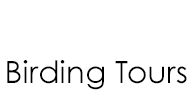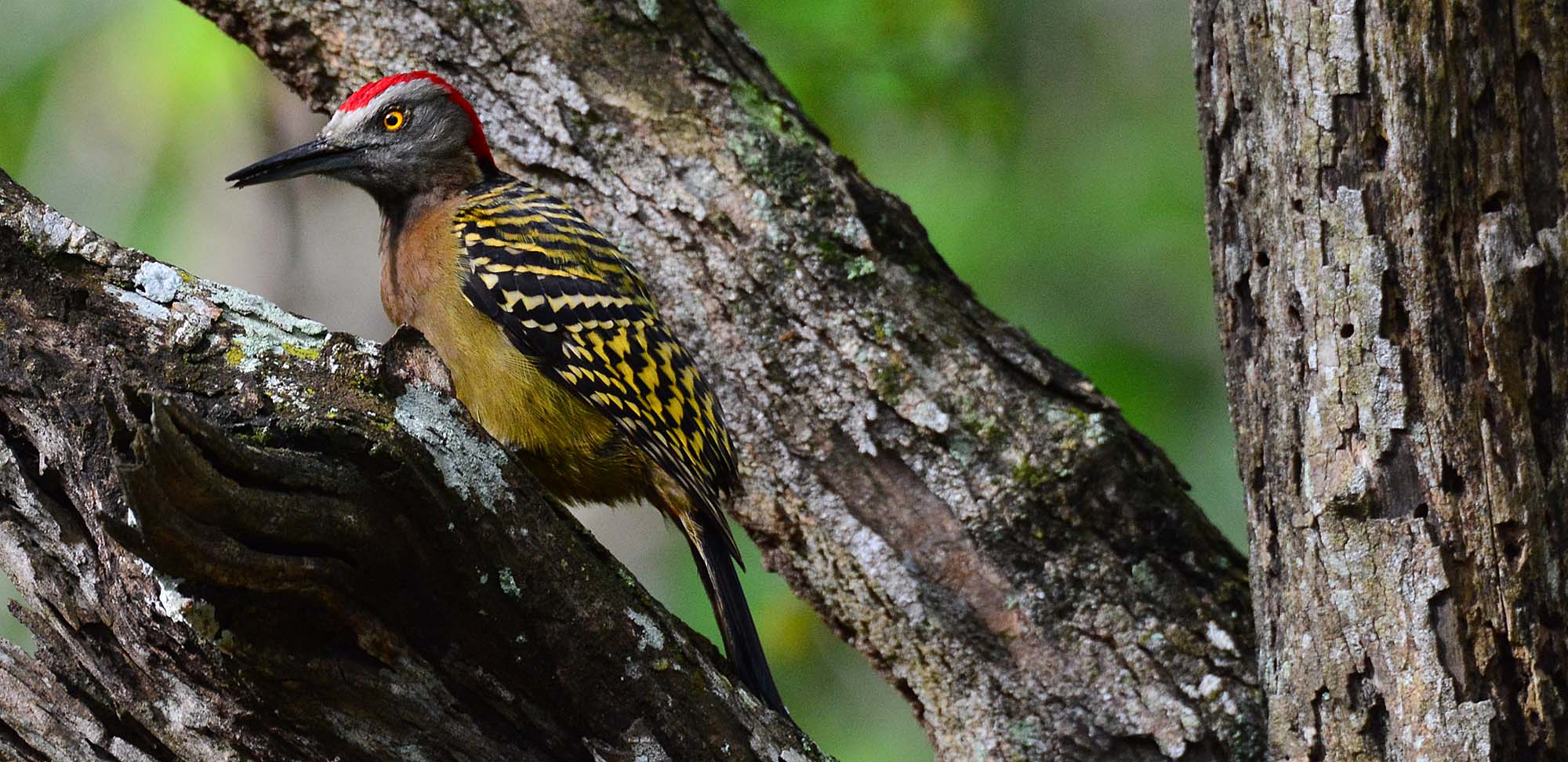The Dominican Republic--the eastern half of the island of Hispaniola--does not leap to mind as a primary destination for Caribbean travelers. Yet for birders interested in the West Indies, it is an important place to visit: depending on whose taxonomy you follow, there are 31 (+) endemics here, more than are found in Cuba!
Our birding tour focuses primarily on the high mountains and foothills of the western part of the country, where virtually all of the Dominican Republic's endemics occur. Here we'll bird the lovely and rugged Sierra de Bahoruco, where habitats range from deciduous scrub and mesquite in the hot and arid lowlands to cool and moist epiphyte-laden montane forest and, at the highest elevations, tall pines and agaves. The bird life is correspondingly diverse. Some of the more common species we should see include Hispaniolan Lizard-Cuckoo, Narrow-billed and Broad-billed todies, Hispaniolan Woodpecker, Green-tailed Warbler, and Black-crowned Palm-Tanager. Other birds are less abundant or more difficult to locate, but with luck we'll find White-fronted Quail-Dove, Bay-breasted Cuckoo, Hispaniolan Trogon, La Selle Thrush, and White-winged Warbler as well as other endemics. Many of the most interesting species here are still enigmas to ornithologists: Antillean Piculet, so different from other piculets that it is placed in its own genus; Palmchat, a gregarious species and sole member of the family Dulidae, which builds huge stick nests and is perhaps related to the waxwings and silky-flycatchers; and Flat-billed Vireo, so unlike other vireos in behavior and bill shape that it was originally described as an Empidonax flycatcher! The Sierra de Bahoruco is one of the most remote and unspoiled regions of the country.
In addition to our birding in the southwest, we will make a visit to Los Haitises National Park, which is one of the last strongholds of the endemic Ridgway's Hawk.
Select the KEY INFO tab or click here for our itinerary plus space requests, status, fees, limits, and guides for any departure.
Client comment
"Field Guides is always my first choice when choosing a birding tour. I chose the Dominican Republic tour because of the number of endemics there and because it was a short, one-week tour in a lovely environment. The tour was excellent! Jesse Fagan and Cory Gregory are fantastic guides and I enjoy traveling with them. The Field Guides office staff service was excellent as always." L.F., DOMINICAN REPUBLIC tour participant
Combo Tours
If you would like a longer birding holiday, some departures of this tour may be combined with:
JAMAICA
PUERTO RICO


